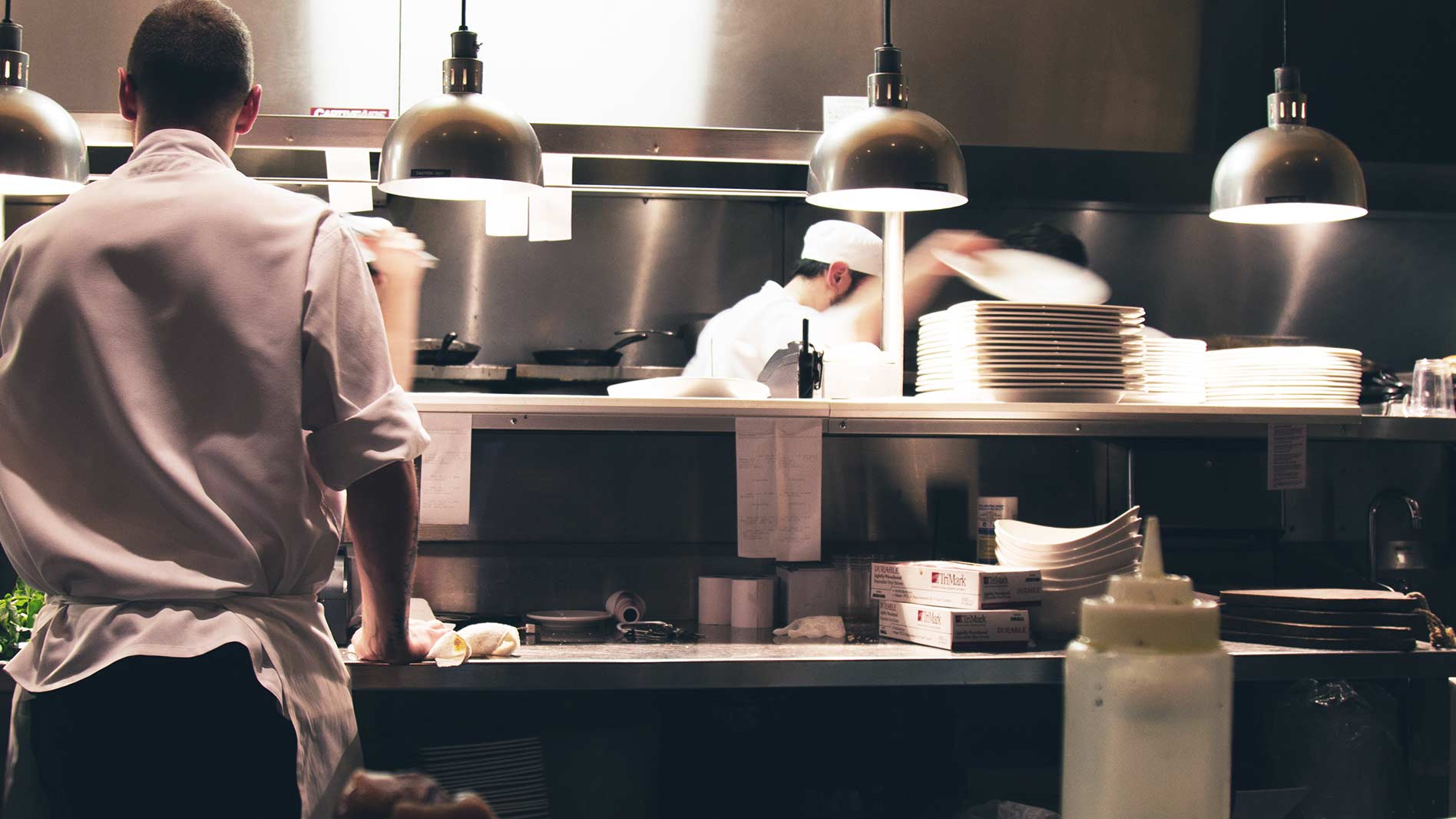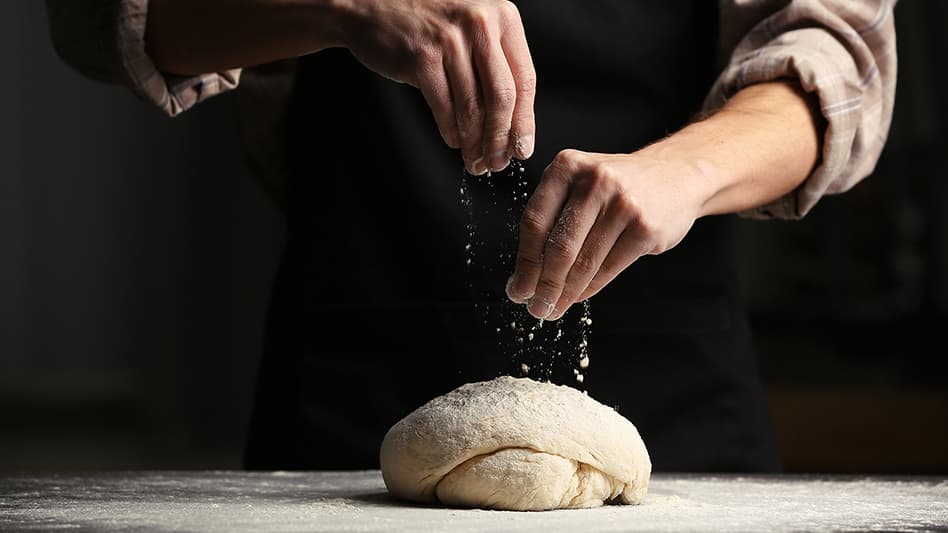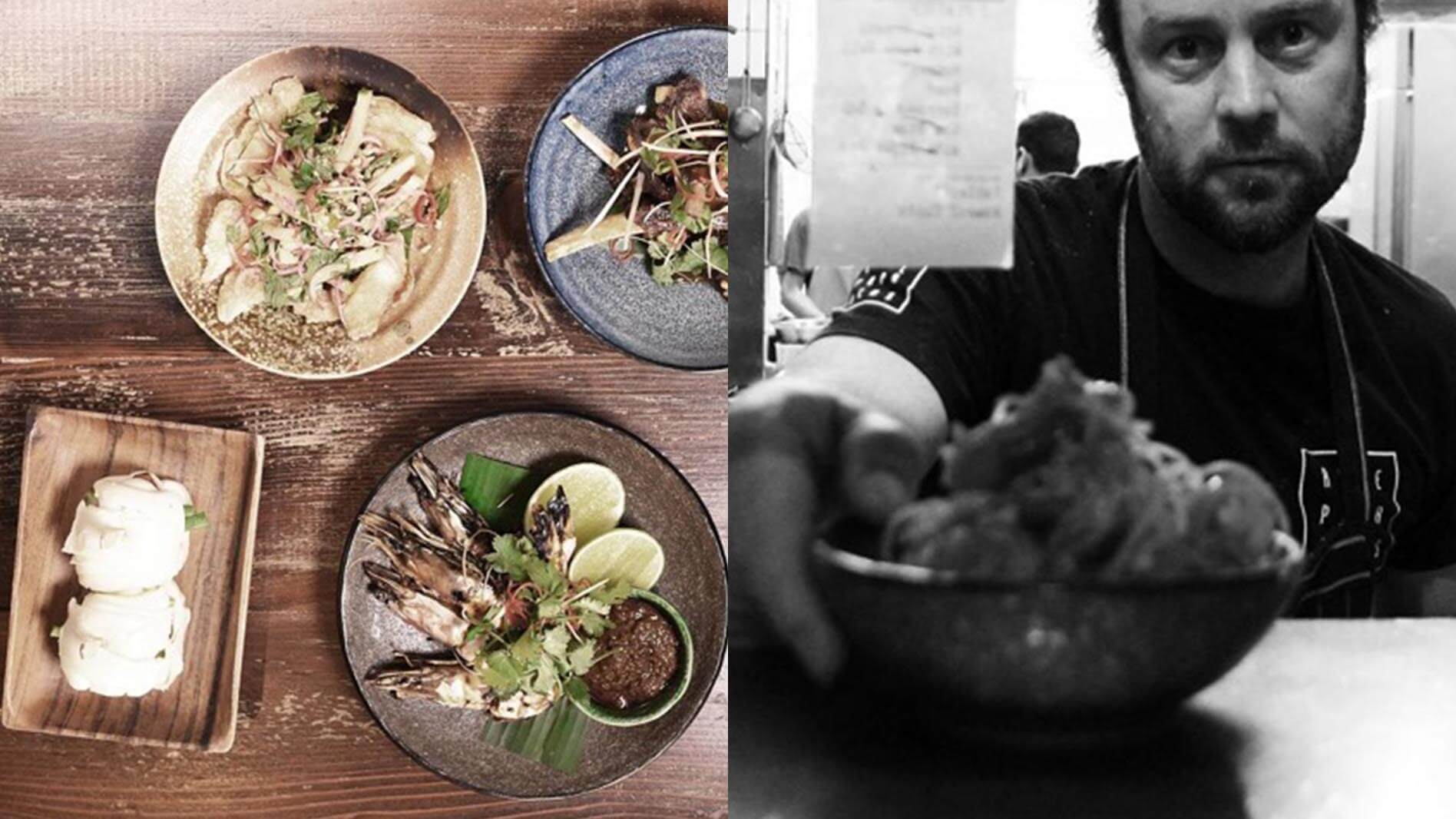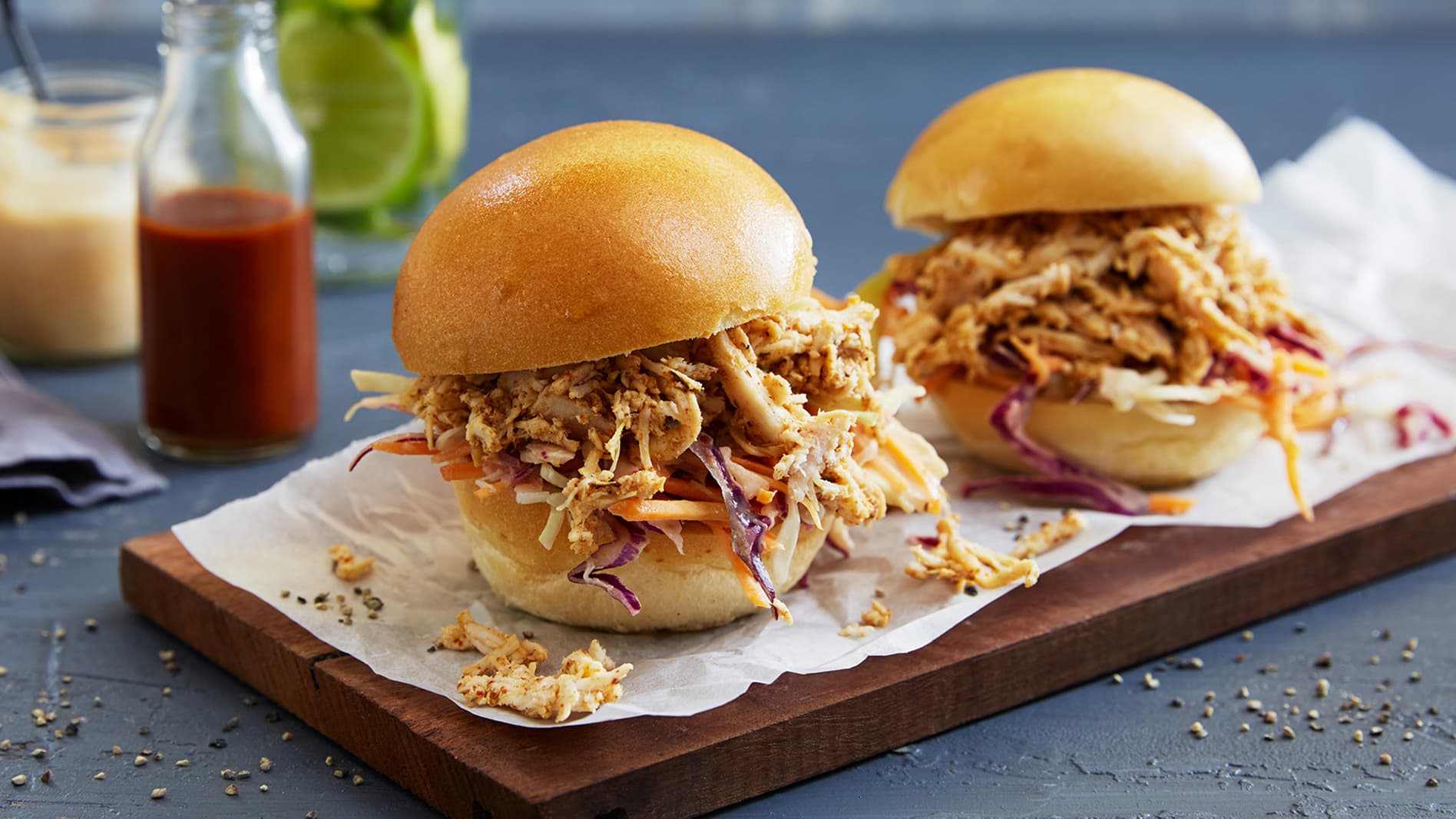Be inspired with recipes created by chefs.
Sign up for updates about products, special offers, news and promotional materials from Goodman Fielder.

Summary
Maintaining staff retention while minimising costs in the kitchen is starting to prove difficult for many restaurant owners and executive chefs. Ever since the axing of the 457 working visas last year, venues are increasingly finding it difficult to retain their staffing numbers while still managing to make a profit.
While the current chef shortage continues to have a heavy impact on the hospitality industry, eating at restaurants continues to boom in popularity among consumers. As the new financial year fast approaches, we have uncovered the top and most effective ways you can cut and manage costs in your kitchen while keeping your staff.
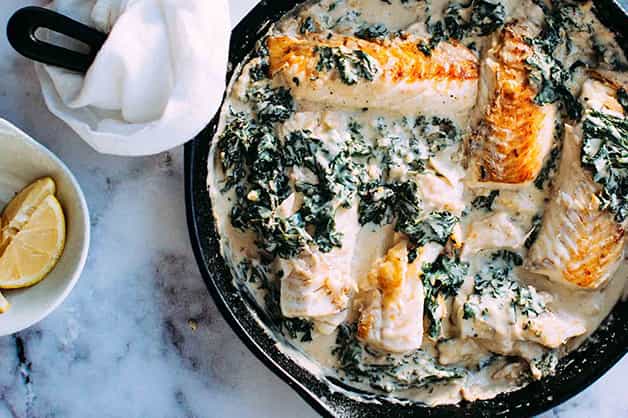
1. Make your menu work for you:
Keeping your menu fresh with new ideas will set you apart from competing venues. Whether it is changing the menu based on seasons or experimenting with new ingredients for the specials menu, change is always portrayed positively by customers. According to a business blog, “the more you can do to create a one-of-a-kind customer experience, the more you can afford to charge – and the more customers you can expect to see in your dining room.” Though, when it comes to altering your menu, ensure you analyse the status of your current dishes.
If you find a dish that rarely is ordered by your customers, remove it because it is raising the costs of operations and wastage in your kitchen. “Keeping it on the menu is just costing you money,” a Buzz Time report explained. “Preparing something once in a while with ingredients you don’t use in your other menu items is not cost effective. Take it off and put something more profitable in its place.” When making changes to the menu, ensure you are also catering for health concerns, such as gluten-free, veganism and vegetarian. Become creative with your menu, go overboard and strive to be different.
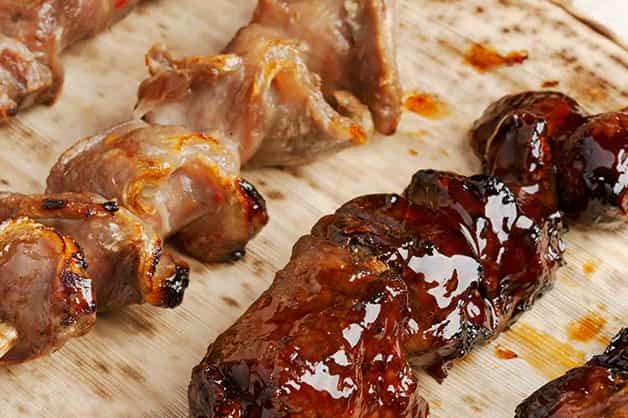
2. Reduce kitchen wastage by using the whole product:
Each year food service venues throw out 250,000 tonnes of food. While that large sum has a dramatic effect on the environment, it also leaves restaurants significantly out-of-pocket and struggling to increase their bottom line. Reducing waste in the kitchen by using the ingredients in full will have a flow-on effect on your business, its profit and also the environment. Hospitality blog Restaurant Owner has advised executive and head chefs, as well as restaurant owners to have a plan in place to use any usable trim in existing dishes.
And as explained in a previous blog, the entire part of a fruit or vegetable is edible, whereas the stems, leaves and roots of most vegetables release a similar taste. “Soups, garnishes and even sauces can be prime candidates for food that may be going straight to your trash bin,” the Restaurant Owner website explained. Some examples of using the whole product would be sautéed green onions and add it to a mashed potato dish for a flavour boost. Another example is pureeing carrot tops to form a pesto or use to garnish.

3. Control the portion sizes of meals:
Controlling wastage doesn’t just lay in the kitchen, it should also come into consideration when plating and serving meals. To help control wastage, it is important you put consideration into portion sizes. While some venues pride themselves on large serving portions, it exposes a higher chance of food being wasted.
This will then have a flow-on effect on your business’ bottom-line, costing you more money in the long run. Pre-determine the appropriate serving sizes of your meals and ensure all staff are aware and in agreeance. By ensuring everyone within the business, especially in the kitchen, are up-to-date it limits the risk of time, cost and food wastage.

4. Review marketing plans and make changes accordingly:
Marketing your restaurant is important, especially when you are working towards increasing your bottom line. But there is now a way you can market while limiting your overall spending. Digital marketing is the new way of marketing that doesn’t use up all of your budgets. From having an updated website and active social media accounts, each component can help drive your business for a cheaper rate.
Though, before committing to a service or platform, it is important you analyse your current advertising measures to discover what works best for your venue and what doesn’t. From there, erase the components that are ineffective and double down on the channels that matter. According to Buzz Time, “social media is a great, cost-effective way to market your business. For example, Twitter is free and it’s a great way to communicate directly with your customers.”
When utilising social media platforms such as Twitter, Facebook and Instagram, use a variety of dynamic advertising formats including live video, 360 videos, live photos and carousel ads in order to attract and stand out to your customers. Start with a small budget while you test your approach for cost efficiency and then adjust accordingly.
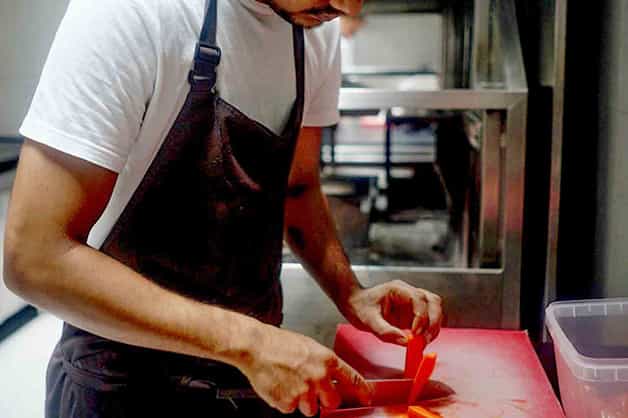
5. Train staff in multiple areas of the business:
These days, it’s common for hospitality workers to switch between venues in an attempt to fulfil their passion and cravings. That’s why investing time and money in staff development is important to lock down a long-term team. While investing in training material delivers an upfront cost to your business, it also ensures overall time and cost efficiency. By training staff, it ensures they are kept up-to-date on processes, trends and new ingredients within the venue and industry. This then has a flow-on effect and helps decrease food wastage and costs from within the kitchen.
Training also keeps your staff interested in learning new skills, developing new techniques and testing on new and improved dishes. Staff will feel more motivated to stay in a business if they can see they are being upskilled – this then eliminates the risk of being under-staffed during the busy periods. Though if you do plan to invest in training for your staff, you should train them in more than one area of the business, so they can develop a range of skills and cover shifts across the restaurant. According to Gourmet Marketing, “cross-training the most efficient people allows managers to schedule fewer workers while maintaining quality standards.”
6. Monitor costs and track spending with a Point Of Sale system:
Deploying a Point Of Sale (POS) system into your restaurant will help manage the overall costs of the business. A Point Of Sale system collects and keeps a record of all transactions in real-time, allowing a business to effectively evaluate their offerings and make decisions accordingly.
A POS system for a hospitality venue can also track staffing hours and payroll, as well as orders, sales, revenue and profits. Despite the system having an up-front cost of deployment, the long-term benefits are significant in saving money for businesses.
By having the system in place within a restaurant, head chefs and restaurant owners have the ability to analyse reports and make changes to their module and menus to ensure a profitable outcome.
“Costs can change rapidly, so managers need to review costs regularly to determine areas to cut costs,” Gourmet Marketing advised. “Formerly profitable menu items can quickly become less profitable due to price increases, so regular costing of menu items is essential.
Related Ideas
25th March 2023
A Chef’s Guide to Gluten Free Baking
Want to know how to turn your bakery goods into a gluten free delight? Check out our gluten free baking guide now.
25th March 2023
The Importance of Mentorships in Hospitality
The hospitality industry is changing at a pace we have never seen before. To make these challenging times slightly easier, a greater emphasis needs to be placed on mentoring and training the younger generation of chefs to ensure the future of hospitality is stronger than ever before.
21st March 2023
How Chefs can Deal with Dietary Requirements in their Kitchen
One of the key issues that many chefs face in dealing with dietary requirements in the kitchen is that it changes the nature of their dish. We spoke to some experts on how they deal with dietary requirements in their kitchens.
